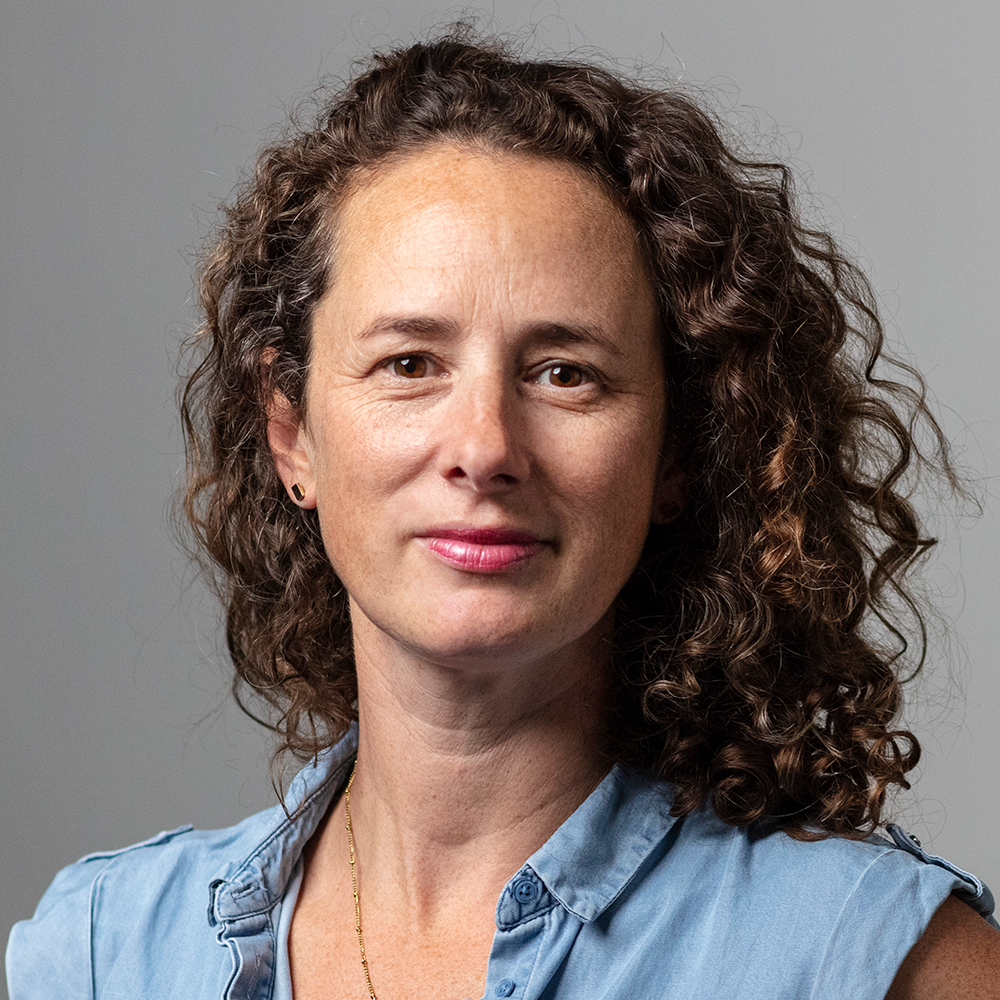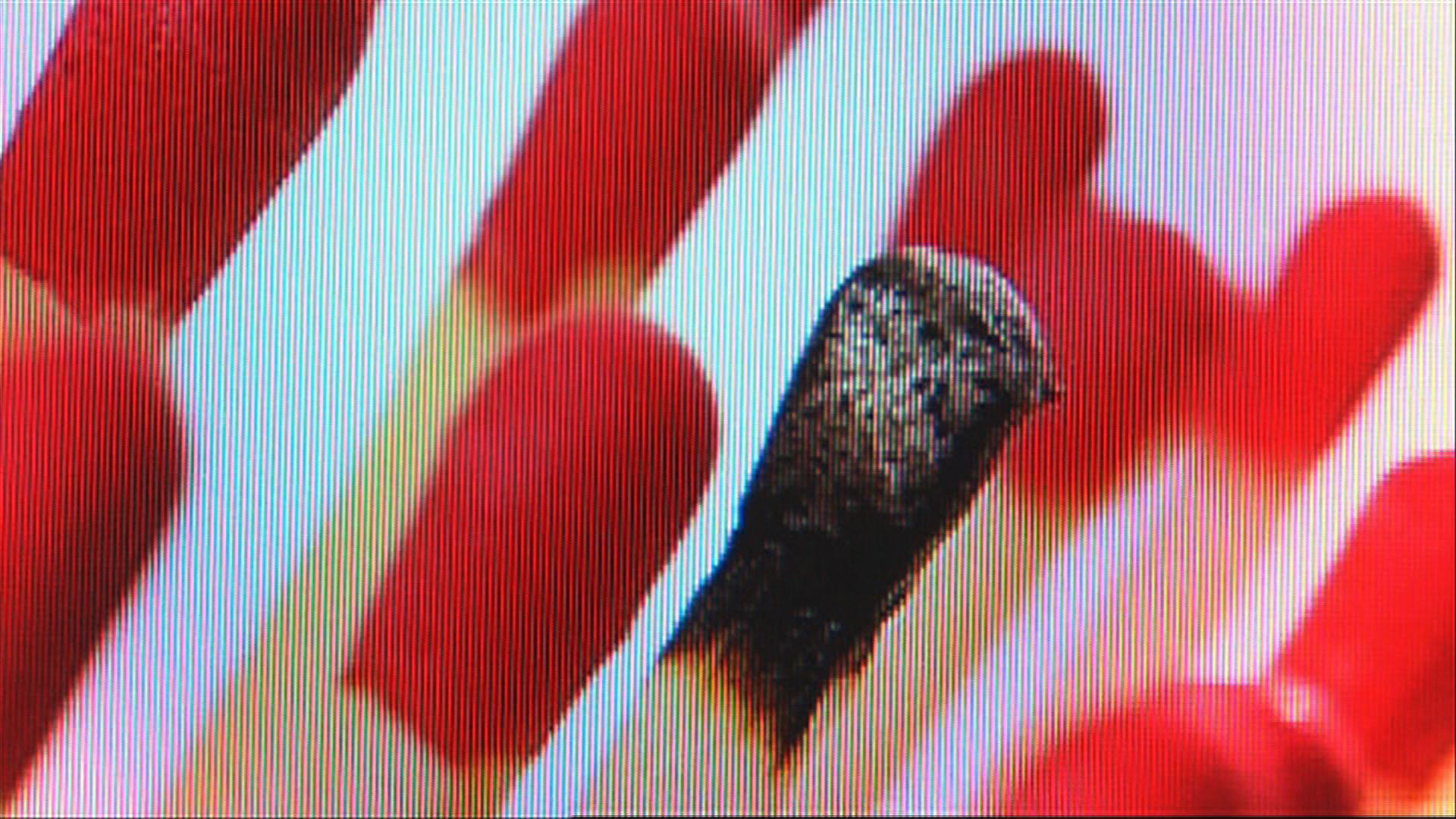Why burnout is such a controversial issue in Switzerland

Burnout is a phenomenon still poorly understood by employers and medical professionals, despite a new classification by world health authorities. Switzerland, with its fear-of-failure culture, is coming to terms with the condition and how to treat it.
P.R.’s* voice cracks as he recalls how it all started. It has been three years since he had a burnout but talking about it brings back a wave of painful memories.
The Swedish father of two, who has lived in Switzerland for more than 20 years, was a sales representative at a medical device company when he stopped being able to sleep. “This was the first sign. It happened just under a year before the actual burnout,” he told swissinfo.ch.
Six months later his motivation plummeted. “I remember being at a conference at the end of the summer and feeling lost. It was like being in the wrong movie. I started shying away from friends and relatives and I saw small daily problems as big problems.” He went to see a psychiatrist who asked him if he had suicidal thoughts. P.R. said he didn’t but that he felt stressed and out of control.
He took some time off but returned to his work routine and eventually got to the point of collapse. He went to the emergency room. “You experience such stress and sleep deprivation, that you think you won’t be able to survive,” he explained.
Do I have burnout? German-born US psychiatrist Herbert Freudenberger is considered the founding father of the concept based on his 1974 description of the mental conditionExternal link of some of his colleagues. He described it as a “state of mental and physical exhaustion caused by one’s professional life”. Since this time, there has been extensive researchExternal link on the syndrome in the medical profession worldwide.
Most literature refers to different phases of burnout or pre-burnout starting with a very active and over-engaged phase, followed by retreat and ultimately, extreme exhaustion, depression and a loss of perspective.
There are several tests to see whether you have burnout symptoms, including the Maslach Burnout InventoryExternal link.
How to define it?
For P.R, there is no question that he experienced a burnout. But the Swiss medical community is still unsure what that means, what’s causing it and how to treat it.
“People think, you don’t get sick from work. In most cases, it is referred to as a form of depression,” he says.
Burnout is recognised as an occupational diseaseExternal link in at least nine European countries including France, Sweden and the Netherlands. In the United States, some surveys show that 77% of professionalsExternal link say they have experienced burnout.
+ How stressed are Swiss workers?
However, debate rages over whether the condition is a disease or simply a frame of mindExternal link, and a US psychiatrist recently arguedExternal link that a phenomenon appearing so widespread can lose credibility as it appears to be medicalising everyday distress.
A couple of weeks ago, the Geneva-based World Health Organization (WHO) announced that it was adding burnout to its International Classification of DiseasesExternal link (ICD-11), in a sense upgrading it from a state of exhaustion to a syndrome resulting from chronic workplace stress.
But, as a sign of the confusion over the term, the WHO issued a clarificationExternal link to the media the following day stating that burnout is not a disease, as many media outlets reported, but rather a “factor influencing health” associated with work.
This matters in many countries, including Switzerland where classifying burnout as a disease would change the way it is viewed by health insurance providers and employers. Just last week, the Swiss parliament decided not to recognise burnout as an occupational illnessExternal link, which means that treatment will not be covered by workplace accident insuranceExternal link.
Social Democratic parliamentarian Mathias Reynard regretted the decision, telling swissinfo.ch, that viewing it as an occupational disease “would also make companies more accountable and push them to put in place preventive measures”.
Barbara Hochstrasser believes the WHO is on the right track with its definition. She is a psychiatrist and started the burnout programme at the Meiringen Clinic – one of ten large clinics in Switzerland offering treatment for the condition.
She defines it as “an experience of people in the workplace where they feel completely exhausted, demotivated and ineffective because of chronic work-related stress”. She says it’s not a disease per se but “a risk factor for other physical dysfunctions and psychiatric diseases, primarily depression and cardiovascular diseases”.
The suffering is real and must be treated, says Hochstrasser who describes burnout exhaustion as “extremely profound”, taking a long time to cure since it can’t be treated with medication alone.

More
Experiencing a burnout
Changing work culture
Whether the workplace is to blame has been part of the debate in the Swiss parliament. The initiative faced strong resistance from politicians who said the causal link between burnout and professional activity is difficult to prove.
For P.R., the workplace environment played a huge role in his burnout but he also recognises other triggers. At the time, he was trying to start a business on the side and his wife was under pressure to finish her PhD. The burnout also coincided with the birth of his second child.
Hochstrasser believes that volume of work as well as lack of autonomy, rewards, and team dynamics in the workplace definitely play a role.
There is also no question to her that today’s “always-on” work culture and greater demands for flexibility are partly to blame for the higher number of sufferers.
Claudia Kraaz worked in management positions at Credit Suisse for many years and is now a work-stress career coachExternal link. She says employers could do more to prevent burnout including leadership resilience training to address how managers treat and relate to their employees.
The coach and communications expert argues that people overcommitted to their work are most susceptible.
Hochstrasser agrees, explaining that it’s often a question of personality and coping style, especially among people working in middle management. “People who are perfectionists are at higher risk. That is clear.”
Long hours are not unusual in Switzerland, but it is known for a high quality of life and vacation time on par with other European countries.
“In Switzerland, failure is not tolerated,” Kraaz says, pointing out that other countries – such as the US – are more tolerant or even view failure positively.
“Here, people think you have to do everything a thousand percent right, and that’s how we are brought up. If you fail once, you have a problem.”
Burnout sufferer P.R. adds, “Efficiency is so important in Switzerland. You don’t waste time, there is no time to feel anything. You are on a hamster wheel. And, once you are stigmatised, you are out”.
Treatment boom
Several public figures in Switzerland, such as parliamentarian Natalie Rickli of the conservative right Swiss People’s Party, have spoken out about their experience with burnout, helping raise awareness and reducing stigma around the condition.
In response, burnout clinics, work-life balance coaches, and support groups have been popping up all over the country.
But completing treatment and then returning to everyday life often isn’t enough, says Kraaz. “If people go back into the same routine in the workplace, they can fall back into the trap.”
Her advice: do nothing from time to time.
“We are always rushing in our free time. Take one or two days every couple of weeks to have nothing planned. Just wake up and listen to how you feel.”
Seeking treatment
There is a diversity of treatment options in Switzerland. This includes luxury private clinics like Paracelsus RecoveryExternal link in Zurich that caters to CEOs and public figures. It offers total confidentiality and five-star treatment at an out-of-pocket price of CHF80,000 ($80,650) per week.
The Meiringen ClinicExternal link, located in a remote and picturesque part of the Bernese Alps, was the first to offer holistic services to treat burnout back in 2004. Most people spend somewhere from four to six weeks at the clinic receiving treatment that includes medical and psychotherapeutic aspects as well as other dimensions such as meditation, mindfulness, Chinese medicine and even horseback riding.
Hochstrasser explains that when people seek medical help, it is often at a very late stage. People are often at the point of a collapse or what she refers to as “ErschöpfungsdepressionExternal link” (exhaustion depression), a term coined by the Swiss psychiatrist Paul Kielholz.
* Identity of individual known to the journalist

In compliance with the JTI standards
More: SWI swissinfo.ch certified by the Journalism Trust Initiative
















You can find an overview of ongoing debates with our journalists here . Please join us!
If you want to start a conversation about a topic raised in this article or want to report factual errors, email us at english@swissinfo.ch.